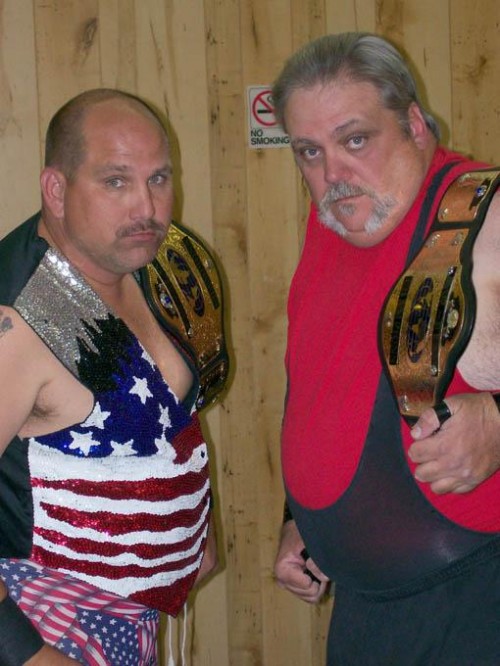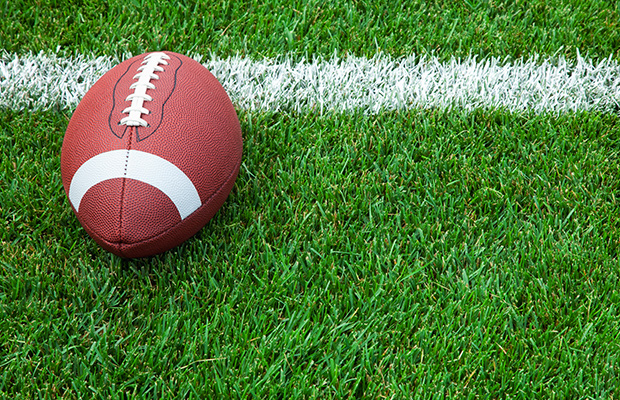Let’s try capitalism again
January 8, 2008
Ruth Rainey
January 10, 2008Joe Malbrough works for a pest control company during the week.
During the weekend, however, the 6-foot-3, 320-pound mangler wreaks havoc in the wrestling ring.
The Sports Net locked up an engrossing conversation with the 49-year-old Houma resident about the bumps and bruises of the professional wrestling business.
SportsNet: First things first. Pro wrestling: real or fake?
Joe Malbrough: (Laughs) Well, since Vince McMahon broke it out many years ago, everyone knows it’s entertainment. Let’s put it that way.
SN: How does one even become a pro wrestler?
JM: They would have to go to a school. There’s a couple. There’s one that should have opened up this month in the New Orleans area. But it’s best to go to someone who knows what they are doing so you can be properly trained and get in the ring and do what’s right. None of this backyard stuff.
SN: So I take it you received proper training?
JM: Yes I did. I trained under Stanley Little Bear when I was 31 years old.
SN: Is wrestling similar to acting in the way it could be considered a tough business to break into?
JM: Yeah, it is because there’s a lot you have to learn and you can’t just learn it in a couple of days, a month or even two months. It takes a long time to get everything down and to understand what’s going on.
SN: Have an interesting story as to how you got into the biz?
JM: Actually no, not really. I had just wanted to get into it years before I even met the guy (Little Bear) and I was working out at Body Elite Gym and the owner over there told me about a wrestler who was training people. So I started going to him, and that’s pretty much the end of the story.
SN: Since then, did you develop a gimmick? Wear a mask or anything?
JM: Oh no. When I first started out years ago, I used to wear a mask, but I’ve gotten away from that. Everyone already knew who I was because there were a lot of people who would come to the matches anyway.
SN: The bumps, the bruises, the breaks. Pro wrestling has to be one of the toughest sports on your body.
JM: I would say outside football, yeah. You get some breaks in soccer, too. A lot of guys on WWE do this stuff six to seven days a week. It’s not one of those things where you go in for one day and wrestle for a couple of hours. Some of these guys do this every day of the week.
SN: So, why put yourself through the misery?
JM: I don’t look at the injury recovery. I look at it as entertaining fans. A lot of guys on the independent circuit aren’t out there to make tons of money like the guys in the big leagues. A lot of them have it in their heart to do this and they want to entertain the fans.
SN: Growing up, was there a grappler you always admired?
JM: No, not really. My grandma used to watch wrestling with me when I was a kid, but I never paid attention to it until I got older. There were no specific wrestlers that I really wanted to be like, but I just wanted to get into the business.
SN: When did you catch the fever?
JM: I was probably in my early 20s.
SN: Were you a big fan of the WWF back then?
JM: Back then it was Georgia Championship Wrestling and the NWA. The WWF (now the WWE) wasn’t as well-known back then. I used to watch the Junkyard Dog and Ted DiBiasi and Rick Flair. That’s just a few of them.
SN: Some of these guys are dead.
JM: Like I said earlier, these guys are on the road six to seven days a week. They train and get in the ring at night and wrestle, get bumps and bruises and need something to relieve the pain. They get hooked on medications and it’s a growing thing where they have to keep taking the medications and get rid of the pain. It takes a toll. I haven’t been in the ring that many days a week, and I have a pretty high tolerance for pain. I usually just take a BC Powder, which is like an Advil or an Aleve. It gets into your system and works a lot better.
SN: Do you emulate the histrionics of any current grapplers?
JM: No, not really. You have to develop your own style in this business. You can’t come along and try to emulate them. It doesn’t work as well. You have to find your own niche, and once you find that niche, you can better it every time you go out. Then you go out and the fans either like you or hate you more. That’s the way it has to be.
SN: What’s the skinny on the Jan. 12 event (“The New Year Begins”)? Why should people check it out?
JM: It’s a local event, it’s family-oriented and you have some local talent and out-of-state talent competing. It’s an outing for a family to go to that’s better than saying, “Oh well. Let’s send our kids to a movie and pick them up later.” Everyone can come to the show and enjoy some entertainment.
SN: Will there be any surprises?
JM: All I can tell you is we will have some female wrestlers in the ring.
SN: Always a good thing.
JM: (Laughs) Yeah. Female wrestlers haven’t been in this area for a while and we’re looking forward to bringing them back.
Big Joe (right) with Half Breed at a recent wrestling event. (Photo submitted by Joe Malbrough)












